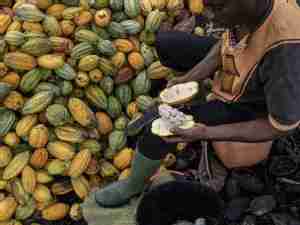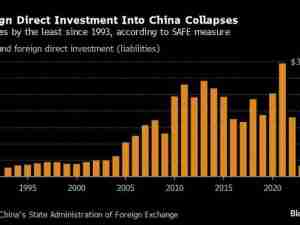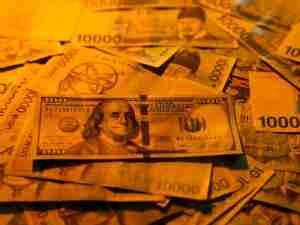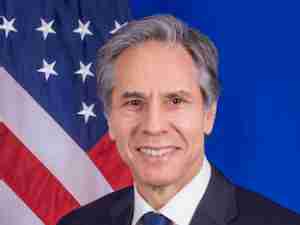India’s Drugmakers Are Finally Out of Intensive Care
By: Andy Mukherjee | Mar 15 2017 at 02:00 AM | International Trade
India’s generic drugmaking industry is getting wheeled out of intensive care. But is it really going home?
The U.S. Food and Drug Administration this week lifted the import ban on a factory that Mumbai-based Sun Pharmaceutical Industries Ltd. inherited as part of its takeover of Ranbaxy Laboratories Ltd. The plant, in Punjab state, became the third owned by Ranbaxy to be shut out of the U.S. when the FDA imposed the prohibition in September 2013, causing the Indian company to lose a third of its market value in one day.
That lost wealth won’t return in a hurry. Even as the regulatory hurdles recede, the specter of U.S. protectionism under President Donald Trump poses a renewed threat to India’s drug manufacturers.
Sun Pharma shares rose less than 4 percent on Tuesday, a reminder that four years is a long time in an industry built to capture quick profit amid the steep price erosion that occurs after a drug goes off patent. Even if they’re now approved, the copycat versions Ranbaxy had sought to produce in the factory before the ban may be of little commercial value to Sun now.
What would be valuable, though, is a change in how investors view Indian pharma.
The industry’s inability to deal with regulation in its biggest market was becoming a chronic ailment. Take Sun Pharma, the largest Indian drugmaker by market value. One of its plants in Gujarat (not acquired from Ranbaxy) has been unable to get new approvals since September 2014. The same FDA team that’s now cleared the Punjab unit to supply the U.S. market reinspected the Gujarat factory a few months ago and made fresh observations running into 14 pages.
That’s not such bad news as it may look. Compared with the previous check, when inspectors stumbled on to ceiling leaks and water being collected in buckets, the recent infractions appear minor. Now that one of Sun Pharma’s units is out of trouble, investors who are too despondent about the industry risk missing out on a turnaround in profitability.
The upturn in fortunes isn’t confined to Sun Pharma. Glenmark Pharma shares jumped in Mumbai on Wednesday after the FDA gave a clean chit to one of its factories.
The regulatory skirmishes are losing their intensity at an opportune time. Goldman Sachs Group Inc. predicted last year that “cracking the code” of complexity would give a lift to Indian drugmakers’ flagging operating margins. Sure enough, Sun Pharma is steadily building a pipeline of specialty drugs, including a treatment for dry eyes. The spending should stop being a drag on profitability soon, according to IIFL, a Mumbai broker.
Drugmakers account for four out of the 10 worst performers on India’s Nifty 50 index over the past two years, tumbling between 21 percent and 34 percent in dollar terms. A recovery is overdue, but may be stopped in its tracks by protectionism.
Decline in India drugmaker shares over past two years: 21-34%
“We’ve got to get our drug industry back,” President Trump has said. For Indian companies, which have gone from almost no exports to the U.S. to capturing a 20 percent share by volume in two decades, a border-adjustment tax would be “extremely disruptive,” according to Lupin Ltd., the nation’s No. 2 drugmaker by market value.
With so much at stake, Indian pharma wouldn’t want to get wheeled back into the trauma center, not after trying so hard to get out.
This column does not necessarily reflect the opinion of Bloomberg LP and its owners.








